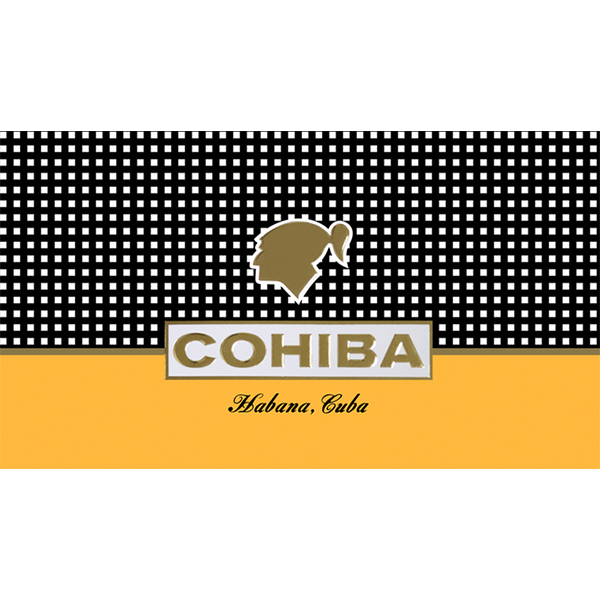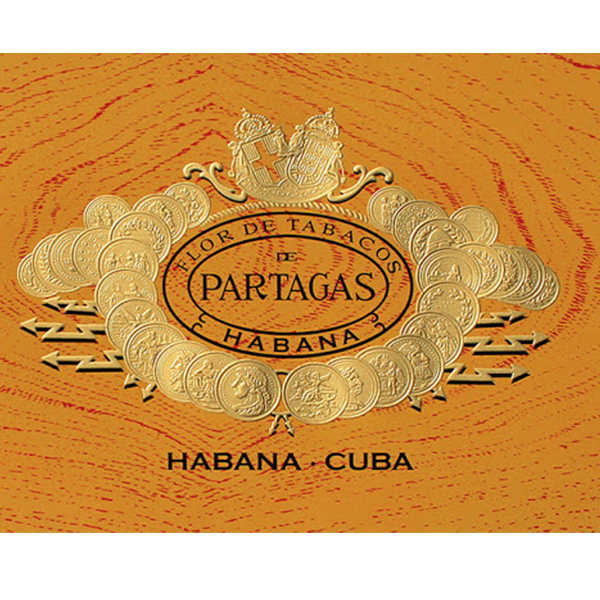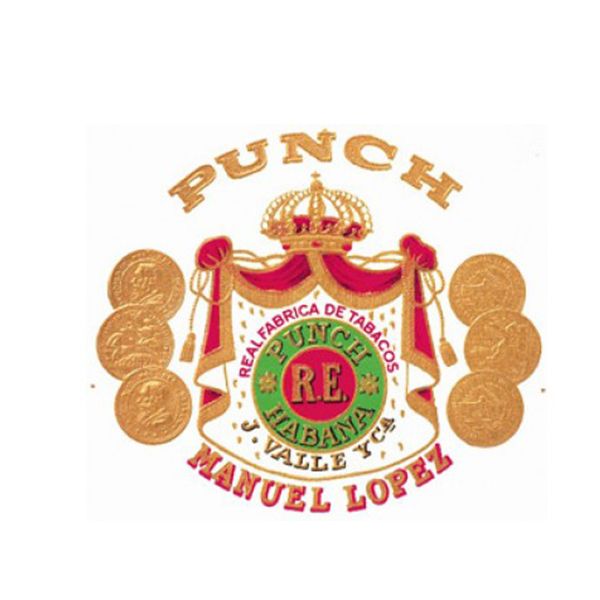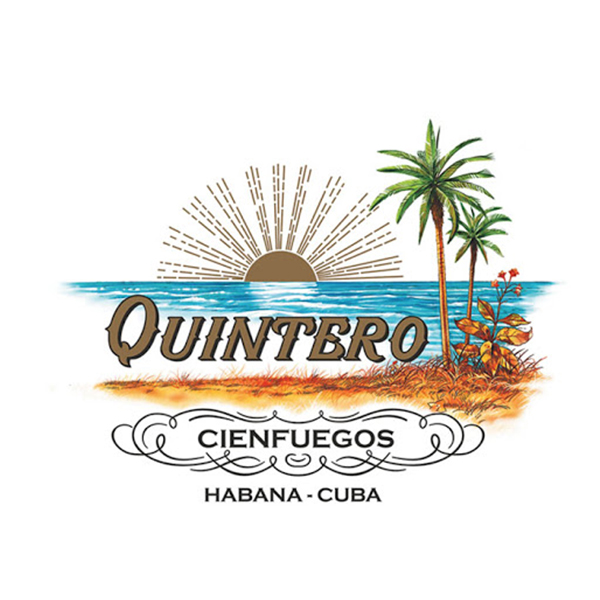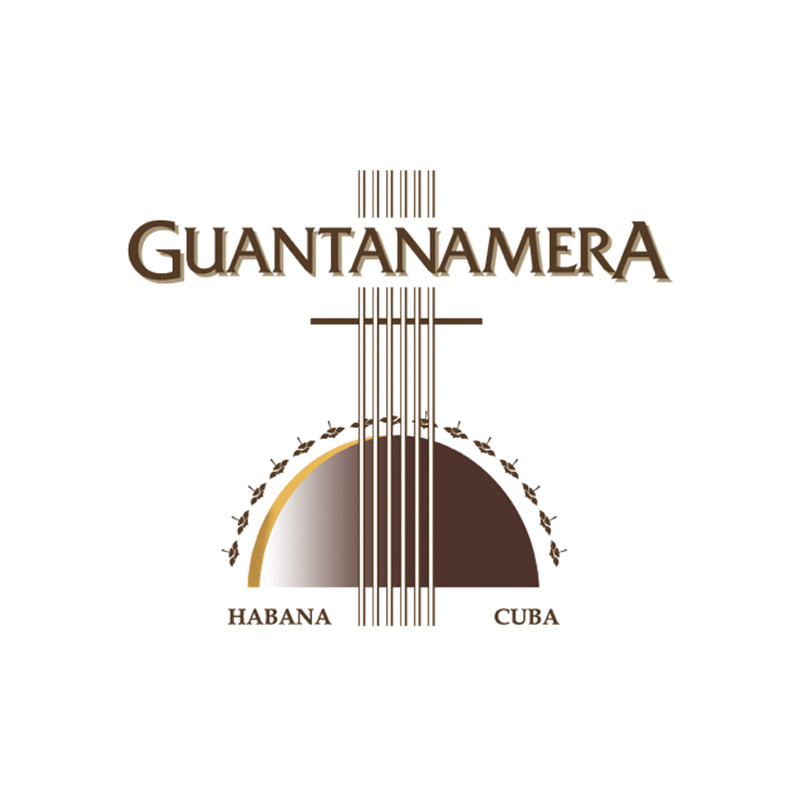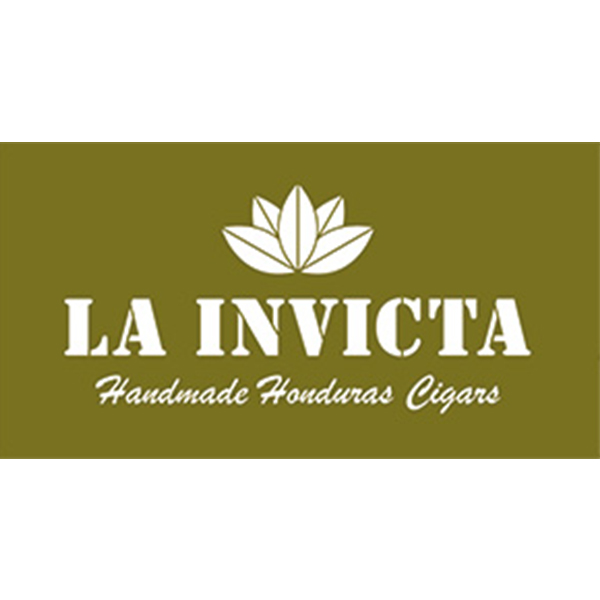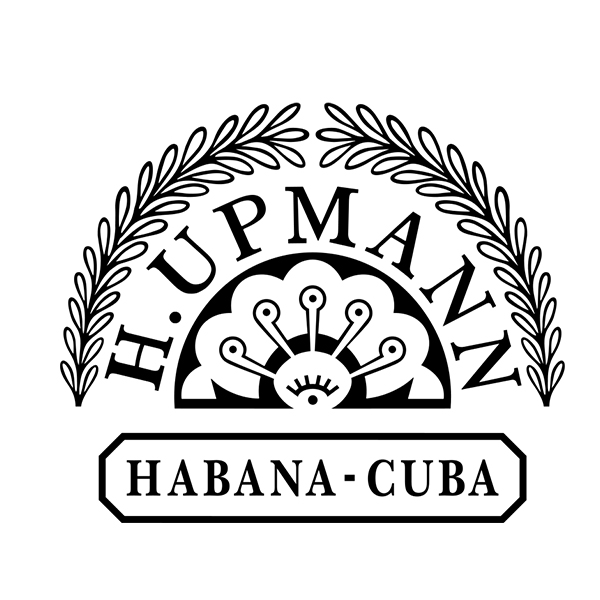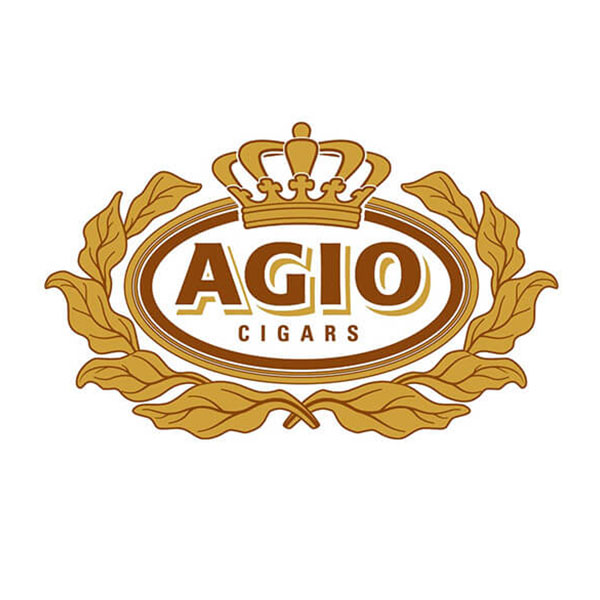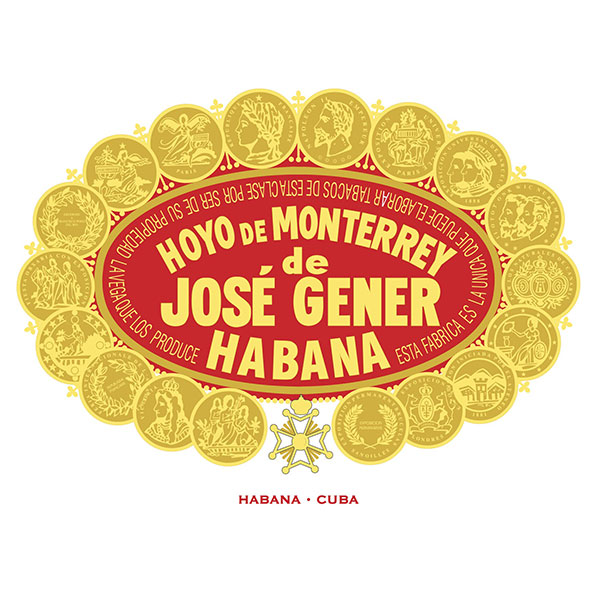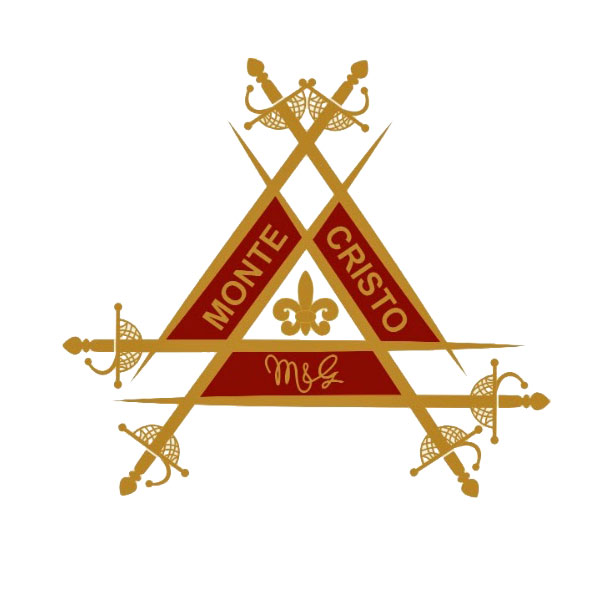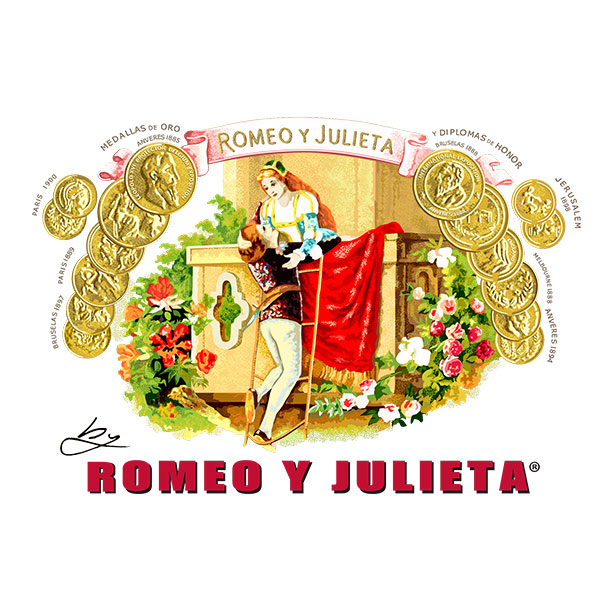What is a Havana cigar?
One country insists that all its handmade cigars are made exclusively using tobaccos grown within its territory – Cuba. Cuba is the country that founded the handmade cigar industry nearly two centuries ago and towers above all others for the prestige of its products.
To earn the title of ‘Havana cigar’ it must be made by hand in Cuba using only leaves grown in one of the four designated tobacco regions on the island. It must also be produced to the exacting standards laid down by the Cuban cigar industry.
The term “Habanos” is a registered denomination of origin, reserved for the iconic Cuban brands that meet these strict guidelines.A Havana cigar is recognised throughout the world as a benchmark of excellence.
Cutting, lighting and smoking
Even the most experienced cigar smoker takes a few minutes carrying out these tasks. It is important not to rush and to do a thorough job when preparing a cigar for smoking. The aim when cutting a cigar is to create an aperture at the head of the cigar broad enough to ensure an unobstructed draw while retaining enough of the cap to prevent the cigar unravelling.
Cutting
There are several different methods of cutting a cigar and several different tools available to help with the job. The most popular type of cut is known as a ‘straight cut’ and is made using a single or double bladed guillotine or cigar scissors. When using one of these cutters ensure that you make the incision on the “shoulders” of the cigar. This will leave the bottom of the cap intact. On Figurados (cigars that are tapered at the head) the cut should be about 3mm in from the pointed end.
Simply place the cigar into the cutter and once you have the correct positioning be firm and decisive when making the cut. Always try to cut the cigar as straight as possible, for the sake of appearance.
The two other main types of cutter are the punch cutter (also known as a plug or bullet cutter) and the V-cutter. The punch has a circular blade and cuts a round hole out of the top of the cap, but cannot be used to cut figurados or double figurados. The V-cutter cuts a V shaped wedge into the cap but the blade of these cutters must be very sharp in order to avoid tearing the wrapper leaf.
Never pierce the cap with a match, cocktail stick or a toothpick. This compresses the tobacco inside the cigar and impedes the draw. Also, the hole will be too small so oil and tar may form around the edge. This can be bitter and unpleasant to taste.
Lighting
When lighting a cigar it is important to use an odourless flame such as a butane gas lighter, match or cedar spill. Never use a candle or petrol lighter as they will taint the taste of the cigar. Also, never remove the band before lighting as to do so risks damaging the delicate wrapper leaf.
Let the tip of the flame play across the foot of the cigar whilst rotating between your thumb and forefinger until it is evenly lit. This may take a minute or two to complete. It is perfectly acceptable to place the cigar in your mouth when lighting a cigar for yourself.
Smoking
Although the guiding principle regarding the smoking of a cigar should always be ‘If you’re enjoying it, you are doing it correctly’ here are a few suggestions to obtain the most enjoyment from a Havana cigar;
Firstly, always remember that the satisfaction taken from a cigar is found in its flavours and aromas, so do not inhale the smoke, it is not a cigarette. Gently draw the smoke into your mouth and allow it to play across your palate. Relax and savour the subtle flavours and aromas of the tobaccos in the blend.
A Havana cigar should be smoked slowly. It should be sipped rather than gulped or it may overheat. This can affect the evenness of the burn and harm the flavour.Allow the ash to build, rather than tapping it constantly. The ash also insulates the ember and allows it to burn at a slightly lower temperature, giving a cooler smoke.If the cigar goes out it is acceptable to relight it, but remember to clean the end of any excess ash first, otherwise it can be a struggle to reignite. It is best to do this within an hour or so of it going out.
When finished, do not stub the cigar out. Lay it to rest in an ashtray and let it die with dignity.
Storing Havana cigars
To enjoy Havana cigars at their full potential they must be stored and maintained in correct conditions. Like exceptional wines they can develop and improve over many years and so storing them correctly is vital, even if over a relatively short period of time.
A dry cigar may burn too readily and taste harsh and hot when smoked. It will also be extremely brittle and susceptible to damage. The natural oils contained in the leaves will dissipate over time and so, even if the cigar is revived, it will leave a bland and tasteless smoking experience.Conversely a cigar that is exposed to too much moisture risks the filler leaves expanding and splitting the outer wrapper. It also will burn unevenly and be difficult to keep alight. Cigars kept in excessively humidified conditions can also result in a diluted or muddled taste.
The ideal conditions to store Havana cigars are between 16°c and 18°c and in a relative humidity of 65-70% and the units used to store Havana cigars correctly are known as humidors. These can be anything from a small desk-top box for about 10 cigars, to a walk-in room storing several hundred.
Check your cigars regularly to ensure they are not too wet or too dry. Let the cigars tell you when to water the humidor by gently squeezing them between your thumb and forefinger. Cigars in ideal condition should be firm yet springy. It is possible to monitor the humidity levels in your humidor using a hygrometer. However, many smokers insist that the old fashioned method of testing cigars by hand is still the most reliable.
